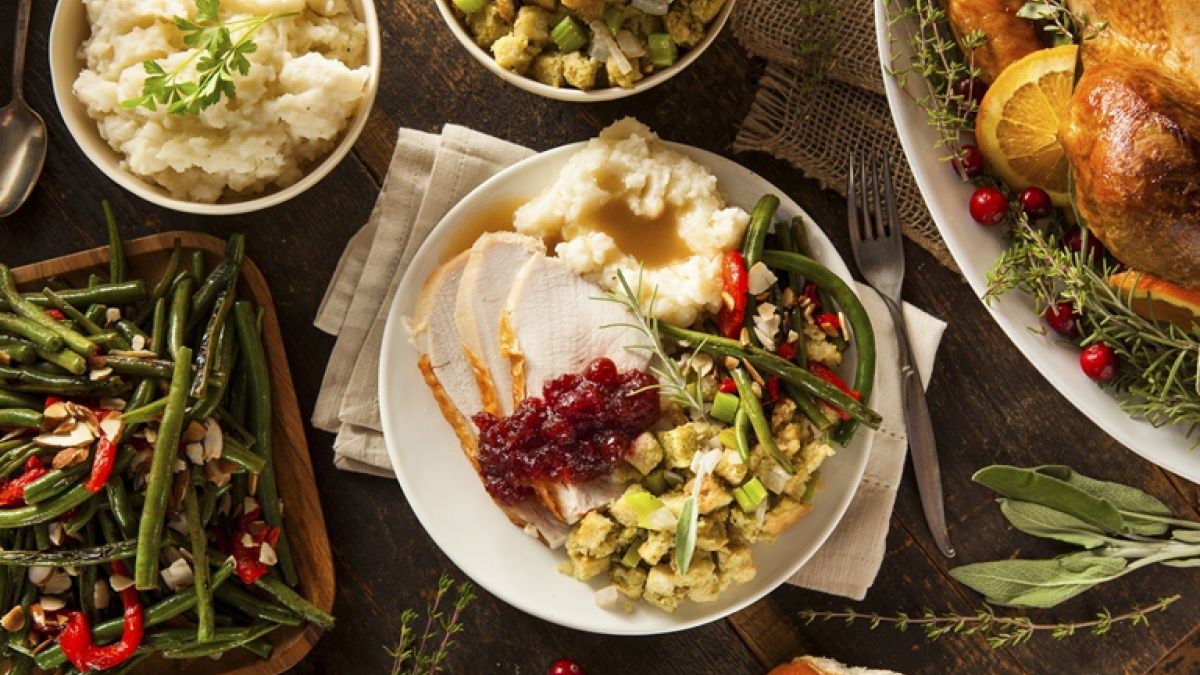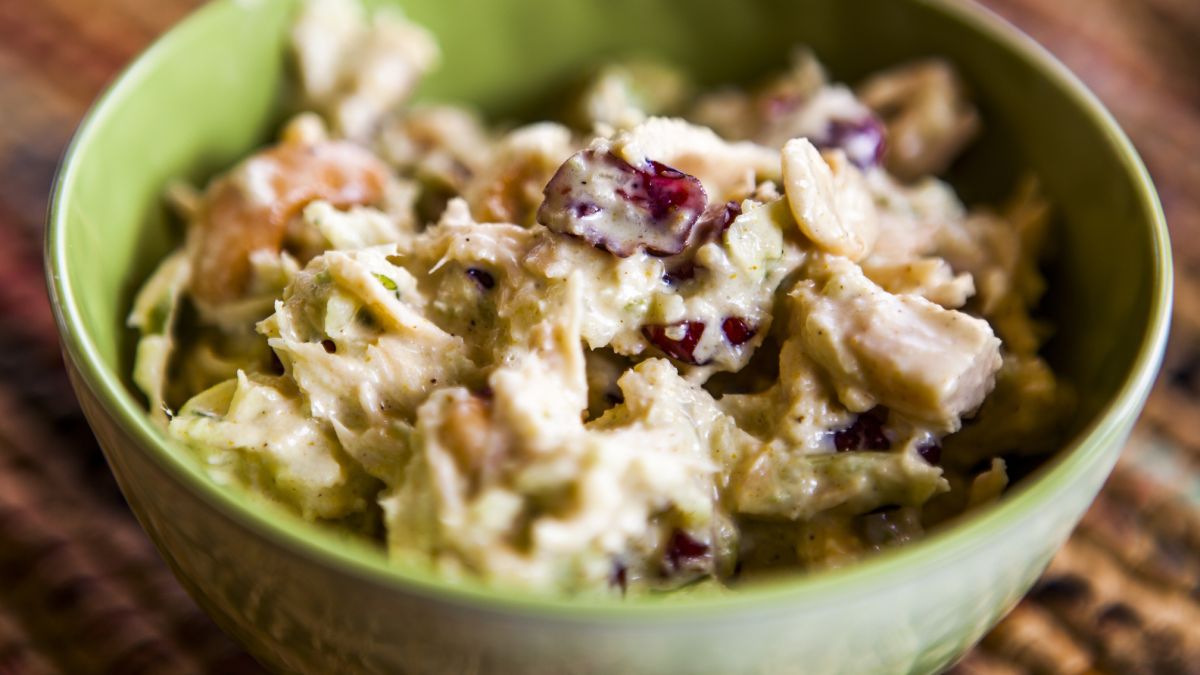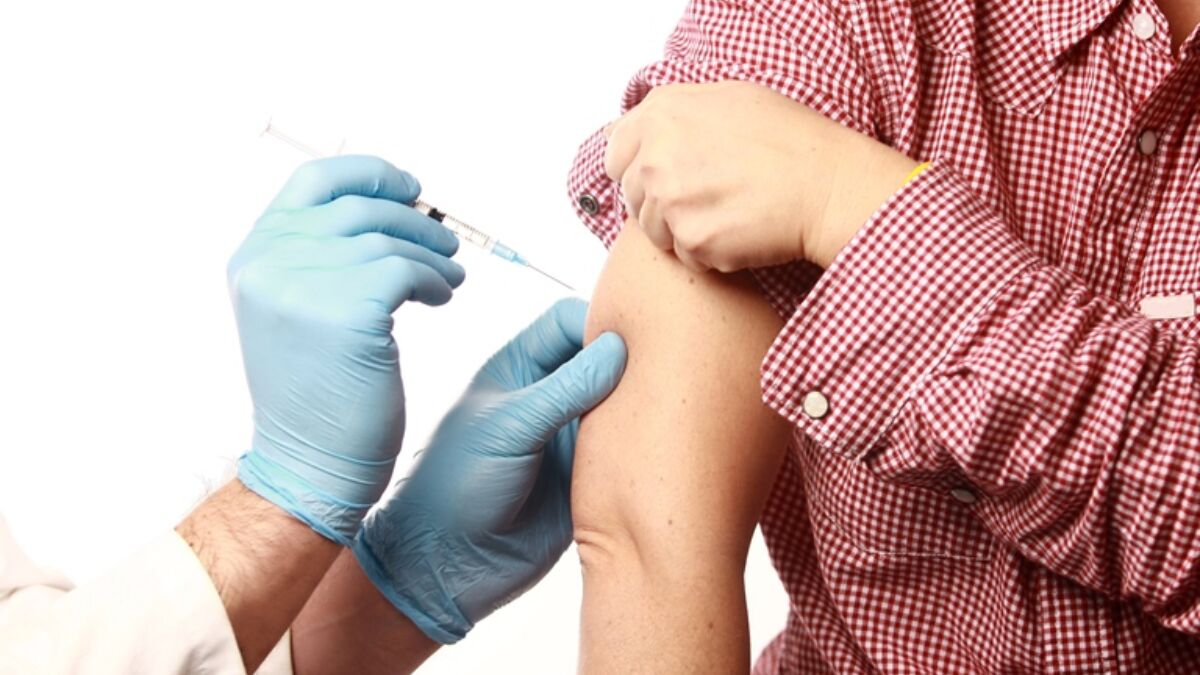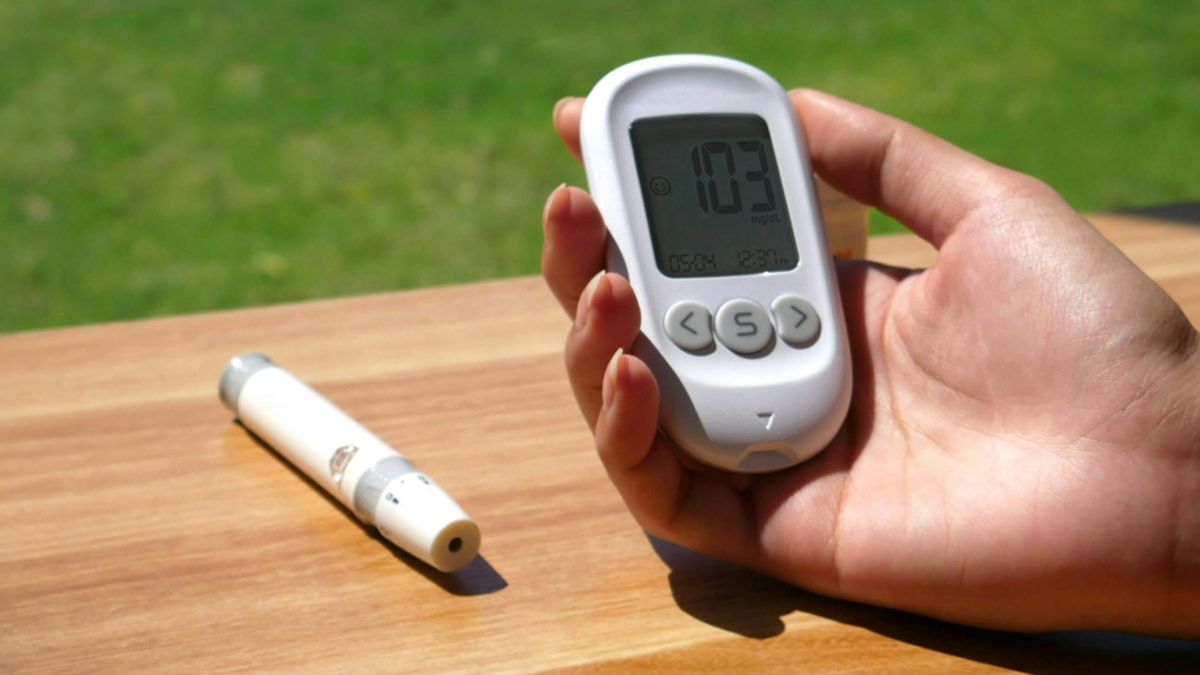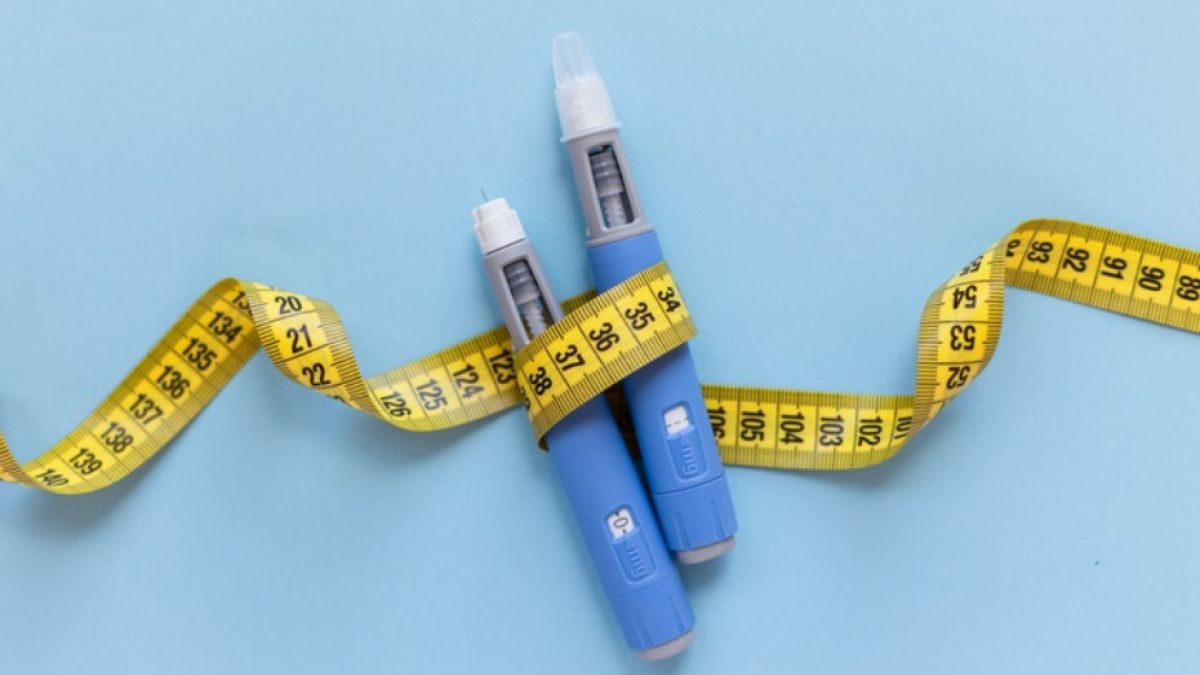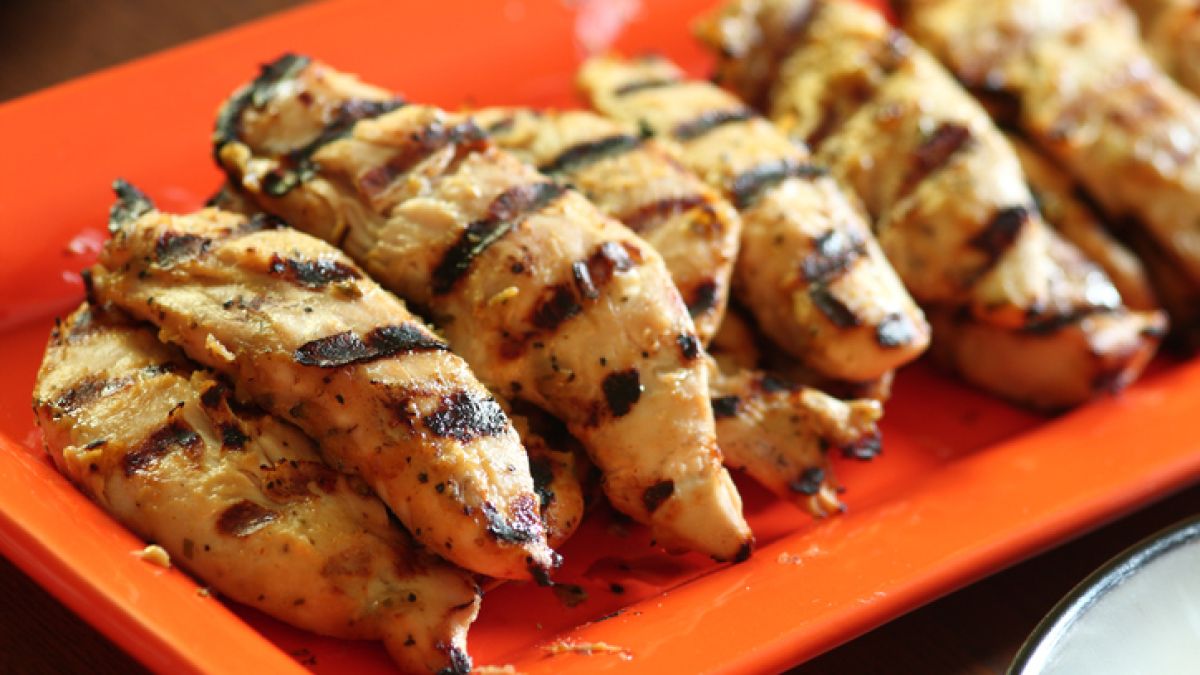Managing diabetes through diet and exercise
The recommendations for diet and exercise differ from patient to patient and depend on age, activity level and current medications. If you have diabetes, you can still have a healthy, enjoyable meal plan that is suitable for the whole family.
Focus on learning how different types and amounts of food affect your body, especially your weight and blood sugar. Although food is not the only factor that raises glucose, your food choices have a large impact on the control of your blood sugar, cholesterol, blood pressure, weight and overall health. If you are overweight, even a modest degree of weight reduction help improve your blood sugar and cholesterol.
If you’ve been diagnosed with diabetes, you can reduce your chances of developing diabetes related complications by reducing your sugar, starch and saturated fat intake. Try increasing the amount of non-starchy vegetables consumed and increase your daily physical activity 30 to 45 minutes per day. Exercise can help reduce insulin resistance and help your body absorb insulin better.






